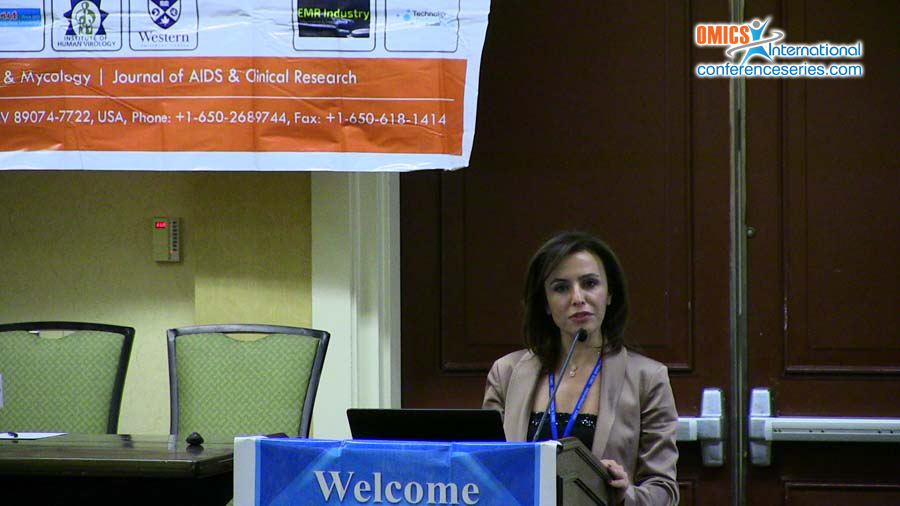
Nada M Melhem
American University of Beirut, Lebanon
Title: Characterization of Norovirus in Lebanon among hospitalized children less than 5 years old
Biography
Biography: Nada M Melhem
Abstract
Norovirus (NoV) is responsible for at least 50% of all gastroenteritis outbreaks worldwide. NoVs are classified into six different genogroups (GGI- GGVI) based on the viral capsid protein with NoV genogroup II genotype 4 (GGII.4) being the predominant strain causing human diseases. To our knowledge, no data exist on the burden of NoV in Lebanon among hospitalized children less than 5 years old. Written informed consents were obtained from the legal guardians of hospitalized children and consequently stool samples and medical data were collected. A standardized questionnaire including demographic, epidemiologic and clinical observations was used at the time of hospitalization of children presenting with diarrhea. A total of 739 eligible stool samples were collected from six major hospitals in Lebanon. Viral RNA extraction was performed followed by reverse transcription using genogroup-specific primers for GI and GII genotypes Nucleotide sequencing of NoV positive samples was performedusing the PCR primers. Multiple sequence alignments were carried out and phylogenetic trees were constructed using the MEGA 6 software. A total of 83 norovirus cases (11.2%) were detected over the course of 2 years. The mean age of these cases was 16.2±9.5 months. The incidence of NoV infection was the highest during the summer season (June-August) of each year. The majority of the NoV cases were NoV genogroup GII (n=78) with a total incidence rate of 10.6% while 5 samples tested positive for NoV genogroup GI with a total incidence rate of 0.7%. Most samples showed positive symptoms of diarrhea (95.1%) followed bydehydration (89.0%), vomiting (76.8%) and fever (67.1%). The majority of the isolated cases were caused by GII.4a and GII.4b (67%) with isolated cases of GII.1, GII.3, GII.6, GII.7, GII.9, GII.13 and GII.21. Similarly, GI.3 and GI.4 were detected. Our results are similar to those detected in the developed countries. We are in the process of designing seroprevalence data to assess the level of protection following infection with NoV.



